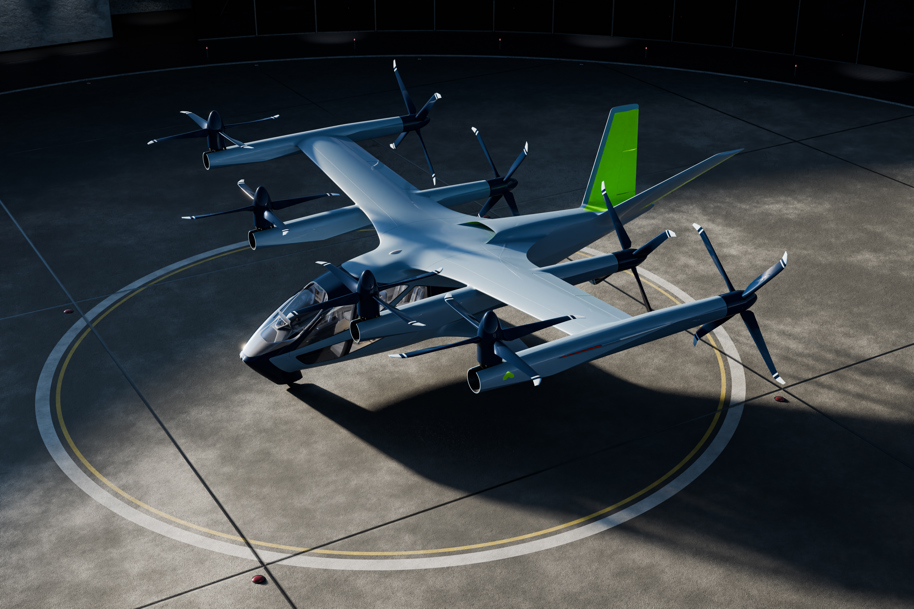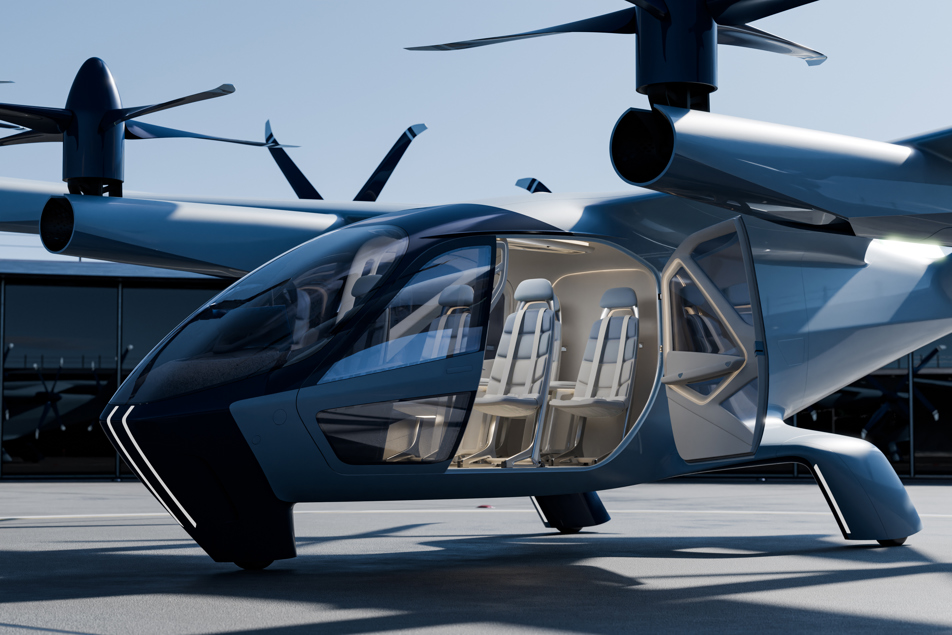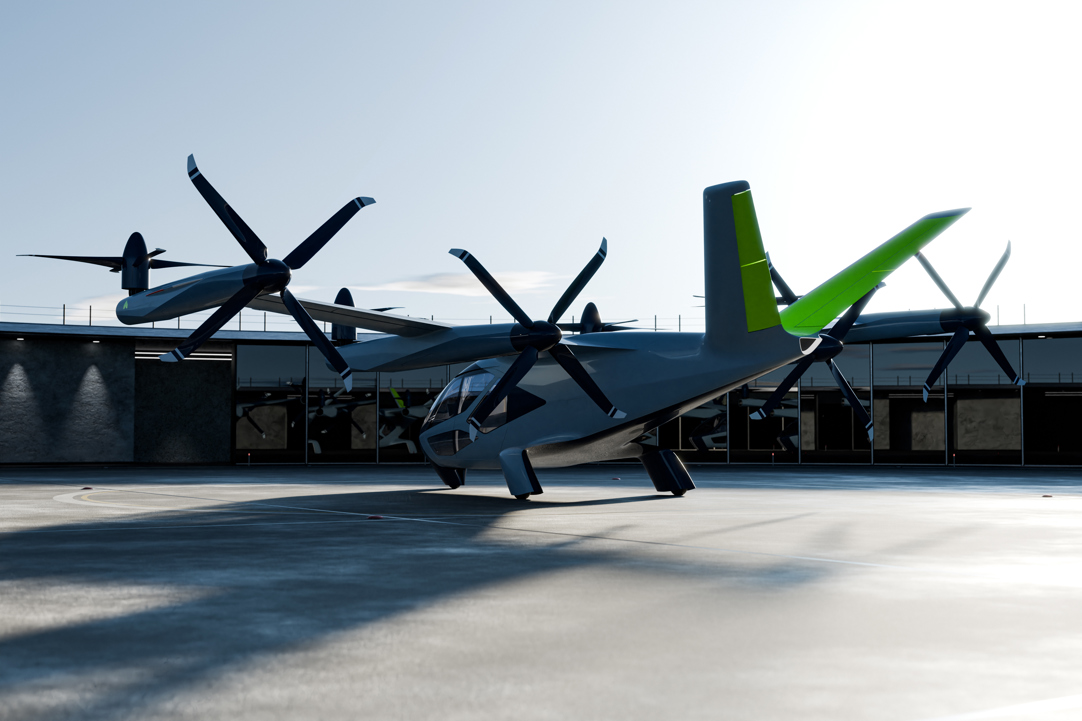Hyundai says its S-A2, a new electric vertical takeoff and landing (eVTOL) vehicle, is a “true representation of "auto meets aero."

The new concept, demonstrated at the 2024 CES technology show in Las Vegas this month, is a product of Hyundai's Supernal "air mobility" division.
Chief design officer and chief creative officer Luc Donckerwolke says the new vehicle draws "on the competence of Supernal’s top aerospace engineers and Hyundai Motor Group’s world-renowned automotive designers to create human-centric design that maximises passenger experience and safety."
It's not quite a flying car, though. It's a pilot-plus-four-passenger vehicle that aims promote everyday air travel and commuting. It's designed to travel at up to 200km/h at a 1500-foot altitude, for quick 40-60km urban trips.

S-A2 builds on the S-A1 concept, which Supernal debuted at CES 2020. The company says it can achieve commercial aviation safety levels and enable affordable manufacturing of its vehicles to launch in 2028.
S-A2 features a distributed electric propulsion architecture and has eight all-tilting rotors. Supernal says it will operate as quietly as a dishwasher: 65dB in vertical take-off and landing phases and 45dB while cruising horizontally.

“S-A2 is designed to take full advantage of emerging electric powertrain advancements that will define the next generation of aviation,” says Ben Diachun, chief technology officer, Supernal.
The company says it's focused on interior modularity and battery upgradability. This includes the ability to replace the battery module as technology advances.
Supernal’s engineering teams partnered with Hyundai’s automotive designers on S-A2’s aesthetics. Different color palettes and materials delineate distinct pilot and passenger sections of the vehicle. Aviation-grade, energy-absorbing components are integrated into the seat frames. Lighting transitions throughout phases of flight allow the cabin to provide visual cues, such as where to enter and exit the vehicle.
S-A2 wasn't actually flying at CES, but show visitors were able to take a simulated flight above Los Angeles, learn about potential flight networks and the technology to support them, as well as understand how "vertiports" and other transportation modes will be used for metro journeys.
Quiet electric flight will enable vertiports to be in cities, at airports and elsewhere for integration with existing transit options. Combined with air traffic control improvements and advanced micro-weather forecasting, S-A2 and vertiports will potentially facilitate urban mobility far beyond what existing and projected ground infrastructure can deliver.









